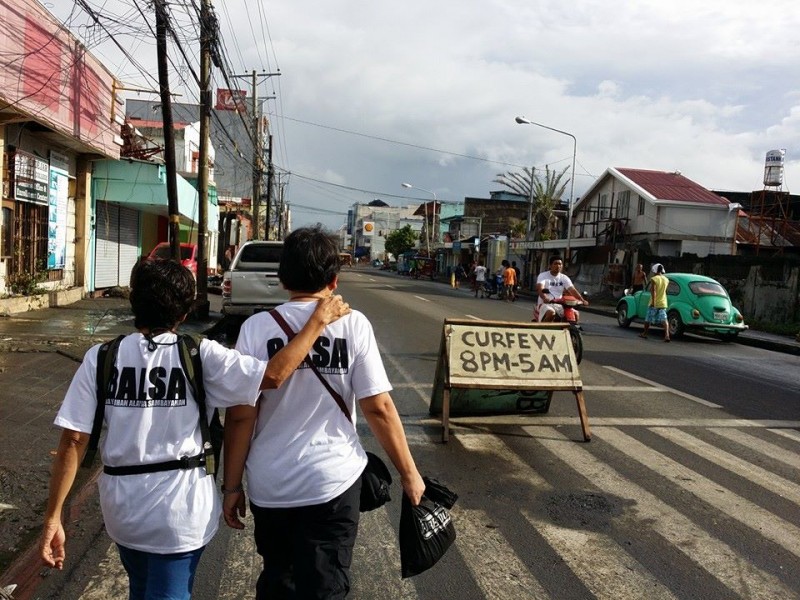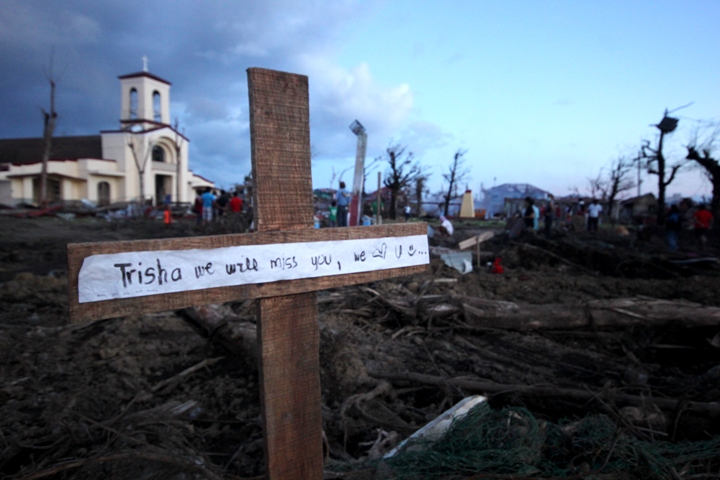4 Tragic Stories from Relief Volunteers in Typhoon-Hit Philippines
Almost a month has passed since super typhoon Haiyan (Yolanda) hit the central part of the Philippines. Many towns were completely devastated by the storm surge which killed more than 5,000 thousand and left millions homeless.
Typhoon survivors initially complained about the slow arrival of food, water, medicine and other urgent aid. Remote towns couldn’t be reached because of bad roads and other logistical problems. Responding to criticism, the national government assured the public that it is doing everything to extend assistance to all disaster victims.
The widespread destruction caused by Haiyan inspired a global relief and rehabilitation effort. In the Philippines, thousands volunteered in relief and repacking centers. Many also travelled to the typhoon-hit villages where they documented the extent of damage left by Haiyan while providing much needed assistance to refugees.
These volunteers were able to share photos, videos and stories of what they witnessed in Samar and Leyte. Their documentation validated earlier reports about the deadly impact of Haiyan and the slow response of government offices.
Michael Beltran described the scene outside Tacloban airport. Tacloban is capital of Leyte and the ‘ground zero’ of the typhoon disaster:
The first image of our week in Leyte was an airport with people shivering and hungry on the one side, being ignored by the military and US Navy, and boxes and boxes of goods on the other. Apart from any physical structure that’s barely standing, what struck me the most was the grass and trees. Absent of any pigmentation, still upright, dry, no mud, just dead plants as far as the eye could see; trees with branches and leaves, frozen in the opposite direction of the wind brought by the supertyphoon. The image becomes permanently embedded in your mind right before you become acutely aware of the smell.
Activist Renato Reyes hit the slow recovery of dead bodies in the city:
After the pictures of the body bags in the public market in Tacloban, I stopped taking shots. I had to comprehend the fact that 2 weeks after Typhoon Haiyan, bodies were still being recovered, people were still living near decaying corpses, and there's an effort by the national gov't to downplay the casualty count and cover up official incompetence in dealing with the calamity.
Tent and candle towns are rising in Samar and Leyte, wrote environmentalist Leon Dulce:
We personally witnessed tent and candle towns rising above the debris amidst persisting rainfall. Fisher folks lost all their boats and other implements to the storm surges, while farmers can only stare at the hectares upon hectares of uprooted coconut trees and flooded rice fields.

A curfew was imposed in many typhoon-hit villages to maintain peace and order, specifically to prevent widespread looting. Photo from Antonio Tinio

Electricity will be restored in two to three months. Meanwhile, electric cables are still useful for those who need to dry their clothes. Photo from Antonio Tinio
Thousands of typhoon survivors are leaving Samar and Leyte. Many are migrating to Manila and other urban centers like Davao. Professor Mae Fe Templa explained how migration also reflected the loss of trust in the government:
The migration of survivors indicate the rising problem of people having lost trust in government.
The movement of Yolanda survivors from Leyte to anywhere in the country indicates two things: One is government inaction as people lose trust in government. Two, is the people’s initiative to transform their own lives and redefine ways of living under extreme conditions of poverty and climate change

A typewriter was one of the salvaged things in Balangkaya, Eastern Samar. Photo from April Val Montes
via Global Voices » Feature http://globalvoicesonline.org/2013/12/06/relief-volunteers-share-stories-from-typhoon-hit-philippines/
Labels: Global Voices » Feature, IFTTT







0 Comments:
Post a Comment
<< Home